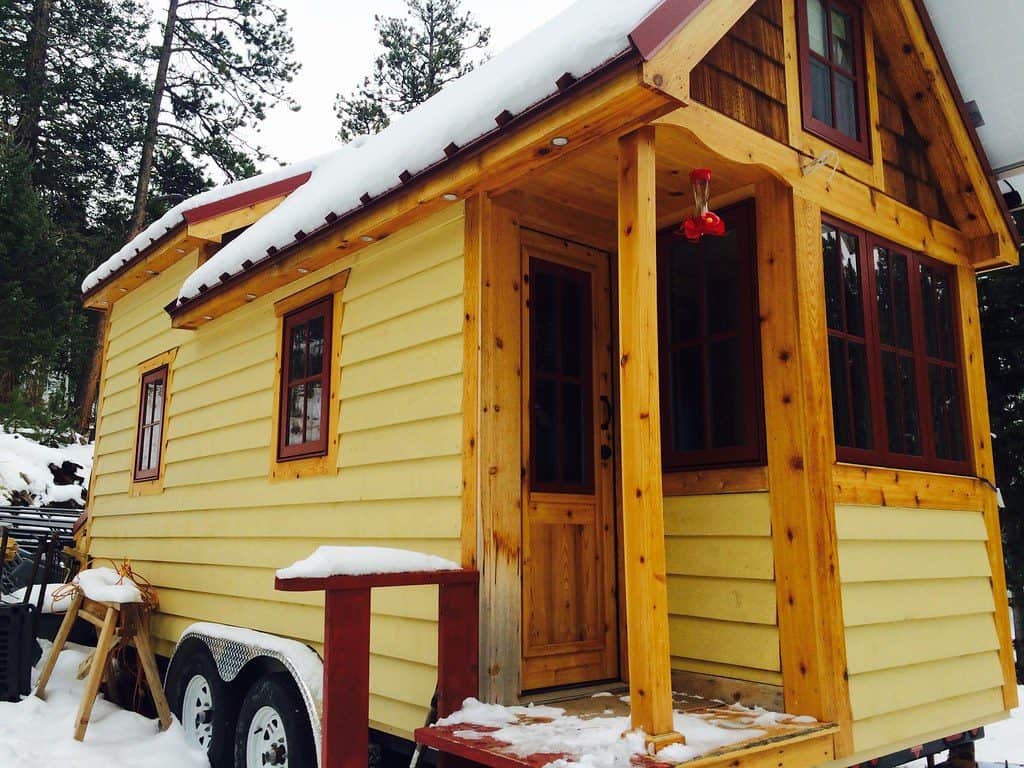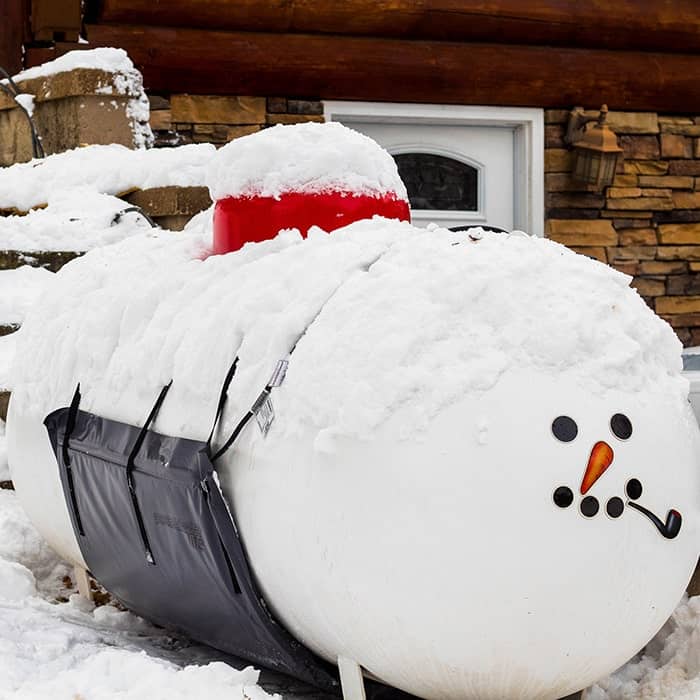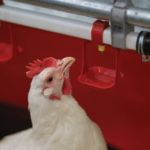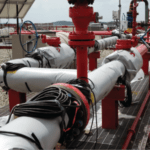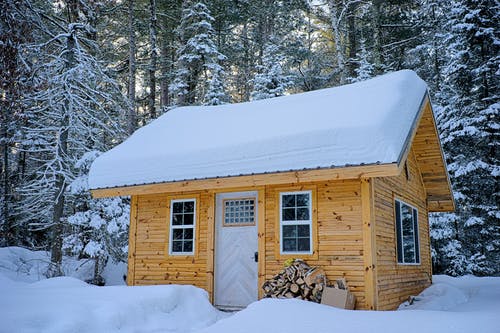
Tiny houses offer freedom and flexibility for adventurous souls seeking a more simple lifestyle. But less space shouldn’t mean less comfort. When cold weather hits, there are a few different ways to turn up the heat in your tiny abode. Let’s take a look at some things to consider before selecting tiny house heaters and a few of our favorite options.
A Few Things to Think About
Before we jump into heating options, here are a few things to consider:
- First, will your tiny house have access to grid-tied power? This will largely determine what heating options are viable for your setup.
- Second, how often will you be home? Will you need steady heat throughout the day or something that heats quickly when you get home?
- Next, do you have convenient and relatively inexpensive access to fuel sources (wood or propane)? This will determine whether or not some heat options are a smart decision.
- Finally, how many BTUs will you need to stay warm and comfy in your tiny house when cold weather hits?
With our innovative propane tank heater, you’ll never have to worry about your propane freezing up or becoming unusable in frigid temperatures. Our tank heater wraps securely around your propane tank, keeping the entire tank warm from top to bottom. By preventing the propane from freezing, you’ll be able to utilize every last bit of propane in your tank while keeping your tiny house toasty all winter long.
How To Determine BTU Load
BTUs (British Thermal Units) are a standard measurement in the world of heating and cooling; once you determine your BTU requirements, you’ll be a pro at comparing the heating options for your tiny house.
To determine your BTU load, we recommend using an online calculator (like this one)
You’ll need to know:
- The dimensions of the inside of your tiny home
- How well your home is insulated
- What the lowest outside temperature will be
Heating Options for Tiny Homes
Here are 5 of our favorite options for tiny house heaters:
- Electric Heaters
- Propane Heaters
- Wood Stoves
- Heat Pumps
- Radiant Floor Heaters
Electric Heaters
Electric heaters are perhaps the least expensive heating option for tiny house dwellers and don’t require any installation. However, they also require an on-grid living situation. Unless you have a sophisticated (and very expensive) solar-power setup, you’ll need access to an electric source to power these heaters.
You’ll most often find electric heaters in one of two options: radiant and forced air heaters.
Radiant Electric Heaters
Radiators slowly and gently heat the surrounding air. They are also very quiet. These are a great option when you don’t mind waiting a bit for your space to heat up and will be home for large chunks of time.
Forced Air Heaters
Forced air heaters warm up spaces quickly. The fans within these units are usually a little noisy, but if you need quick heat, it’s a small price to pay. These are a great option for those who will be popping in and out of their home; the quick heat time makes it easy to power down while you’re away.
Propane Heaters
When it comes to affordability, propane heaters are a tough contender. Propane is a clean-burning, efficient fuel that can be used completely off-grid. Like electric heaters, they don’t require any installation. If you go this route, you’ll just need to have access to propane for refills.
Propane heaters are a fantastic option for those who travel a lot and want more flexibility in where they park their home.
The chief complaint among tiny home dwellers is that propane does not put out enough heat during the winter. We’ve developed the perfect solution for that here.
Wood Stoves
There’s so much to love about wood-burning fireplaces. They’re beautiful, cozy, and double as a cooking option.
While a seemingly simple option, wood-burning heat sources require a bit of planning. Wood stoves produce a lot of heat, which means tiny house dwellers must take care to find a small enough stove. Additionally, wood stoves demand space. The stove itself will eat up a good chunk of the floor area. Clearance space is also required for safety.
This solution is more permanent than electric or propane heaters. Installation will require proper research, planning, and, if necessary, professional help.
Heat Pump
Heat pumps are fairly quiet, work quickly, don’t take up any precious floor space, and can also work as an air conditioning unit. Put simply, heat pumps work by capturing available heat in the air and concentrating it to heat the tiny home. These heaters are mounted permanently, typically above a window.
If you’re planning on extra-cold environments, it’s best to pick a different option. Heat pumps can’t handle frigid temperatures.
Radiant Floor Heaters
Radiant floor heaters are either removable mats or heating installed into your tiny home’s flooring. They require a power source (either grid-tied power or solar power) and take care of an often overlooked problem that tiny home dwellers may encounter.
“The floors are cold!” say Robert and Julia of Tiny Living Living Large. “With a tiny home on wheels, the empty space under the tiny will often allow for cold winds to sweep under making it even more chilly. We have found radiant heated floors to be excellent. Nothing compares to a nice toasty floor and heat rises, so warms up the entire home nicely.”
The More, The Merrier!
While one heat source is great, why limit yourself to one option? Having a couple of options for tiny house heaters will help keep you warm during unplanned power outages or fuel shortages. It’s always good to have a backup!
Keep your propane tanks at the perfect pressure with Powerblanket.



